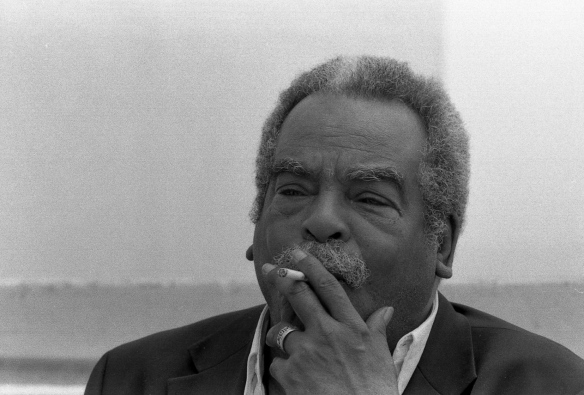It’s now quite a long time since I arrived in Birmingham. The first two months have been very intense and challenging. Firstly, because moving to a new country, a new language and way of life and a new working environment, is always quite hard, but it’s a kind of experience that can also give you a lot of satisfaction. Furthermore, in my specific case I live and work through three different languages (Italian, English and French) and I often spend my time, for example, reading a book in French, writing a text in Italian and speaking and studying in English. This can be sometimes challenging, sometimes exciting, but most of the time both of them!
But I would like to update you on my research work, too. Since December, after a couple of very interesting conferences I have already described in my previous posts and after a hard work to prepare my first article in English for Callaloo academic journal, I have been working very hard on my main project for these two years as Marie Curie fellow. It is the project for a monograph on Édouard Glissant, one of the most important French-Caribbean writers, who died two years ago. My monograph will be based on my PhD work, which I will revise and further elaborate during these two years. I won’t go into the details here, but I would just like to explain you that the main issue of my interpretation of Glissant’s extremely large oeuvre (poetry, novels, theatre, philosophical essays etc.) will be focused on the relation between the poetic language and the place (‘le Lieu’), starting from his first poetic production to his late and rich philosophical reflection on the issues of relation, ‘tout-monde’, creolisation, archipelagic thinking etc., and passing through his fascinating and very dense fictional work. The relation between poetic language and the place will open a wide range of fundamental issues, which can link his work to some important and very significant topics of the recent debate in critical theory. Some of these subjects, strictly linked between them, are those of memory, trauma, testimony, community and difference, subalternity, being as relation, writing and the unspeakable, diaspora and nomadic subjects, the border and the threshold, the body and the living. All these issues will be crossed starting from the common question of how the place, and the relation between man and the place he inhabits, can be re-thought starting from a new perspective (both poetical and political) funded on openness and relation to the Other and the diverse, instead of property, closure and protection of the Same. I am actually writing a first chapter, in which I am going to analyse the constitutive relation between the place, the world and the poetic language in Glissant’s literary production of the 50s, from Un champ d’îles (1952) and La terre inquiète (1954) to Soleil de la conscience (1956) and – but this will be in the second chapter – La Lézarde (1958).
For Glissant readers and scholars: I would just like to signal an important and extremely useful initiative on his official website, realised by Loïc Céry. To celebrate the second anniversary of his death, the webmaster has taken the initiative to publish a very wide collection of video and audio materials on Glissant, and to list them in a sort of ‘abécédaire’ of his most important and recurrent subjects. Have a look at it!

